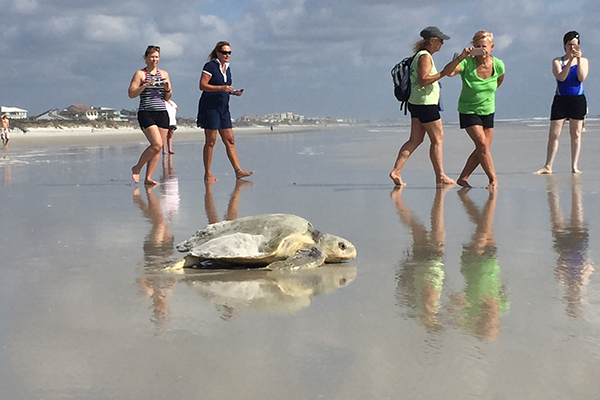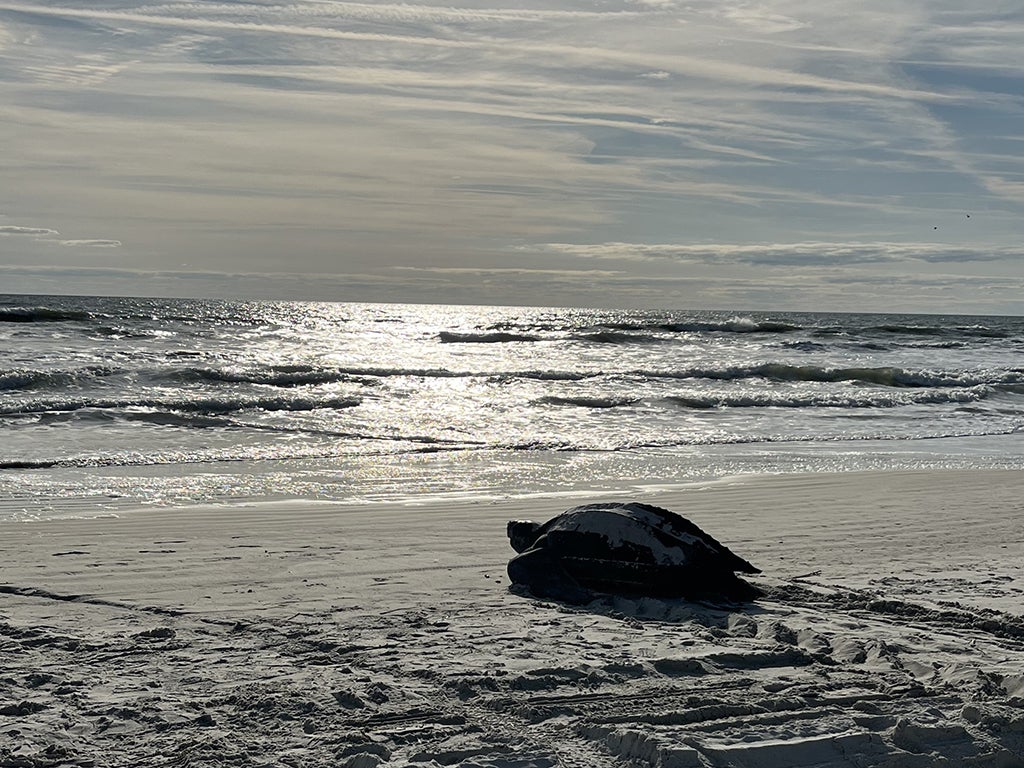Habitat Conservation
Overview
Habitat Conservation Section ensures protection of the County’s endangered animal and plant species and protection of critical habitats. The beaches of St. Johns County are recognized as important nesting habitat for coastal wildlife and for offering a variety of recreational uses.
Our Largest Natural Resource
The beaches of St. Johns County are the areas largest natural resource consisting of 41.1 miles of various sandy conditions. From coquina to white soft sand our beaches host a variety of coastal species as well as endless recreational opportunities. Visitors enjoy recreational and commercial fishing, surfing, horseback riding, sunbathing, beach combing, and beach driving.
Sharing Our Beaches
Beach driving is allowed on 16.3 miles of our beaches at varying levels of restriction. Beach driving is a lawful and traditional activity that can impact protected species such as sea turtles, the native Anastasia Island Beach Mice (AIBM), sensitive shorebirds, and their nesting and feeding habitat. St. Johns County recognized the need for coordinating lawful beach activities in a manner that maintains public use, while minimizing negative impacts to the natural beach/dune environment and the protected species that depend on its health.
In August 2006, St. Johns County received approval from the United States Fish and Wildlife Service (USFWS) for a 20-year Incidental Take Permit (ITP) and Habitat Conservation Plan (HCP) to minimize these possible effects.
Impact on Our Beaches
In addition to beach driving, there are a variety of other negative impacts brought on by human disturbance to sea turtles and AIBM.
- public and private beachfront lighting
- special beach events
- human presence on the beach at night
- feral and free-roaming cats
- destruction of dunes by pedestrian traffic and horseback riding
- trash and objects on the beach
- coastal development and construction
- seawalls, revetments, and other armoring structures
- beach management activities.
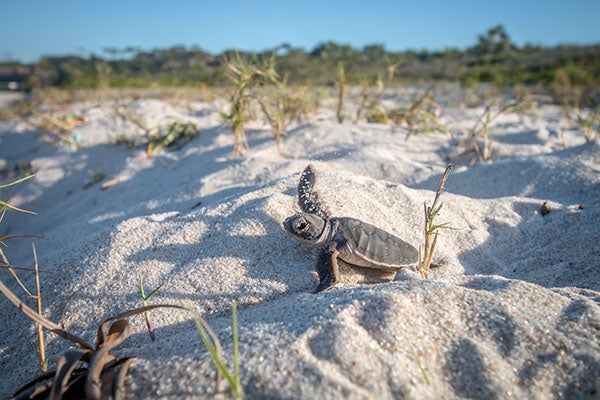
Sea turtle nesting season is May 1 to October 31, and St. Johns County officials are asking residents, visitors, and businesses to help protect natural habitat by observing all nesting season laws and regulations.
Sea Turtles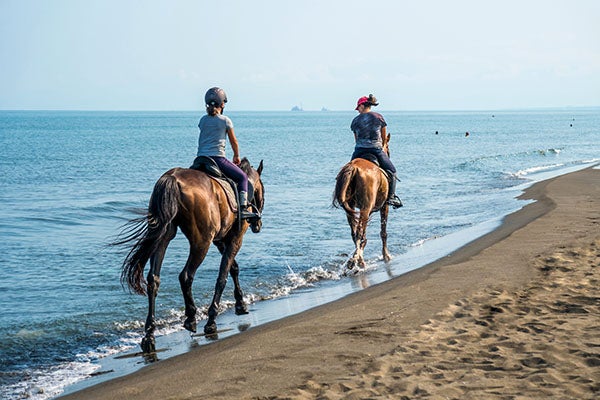
Special Events, Horseback Riding, Commercial Fishing, Coastal Construction, and 4×4 driving require permits.
Special Use Permits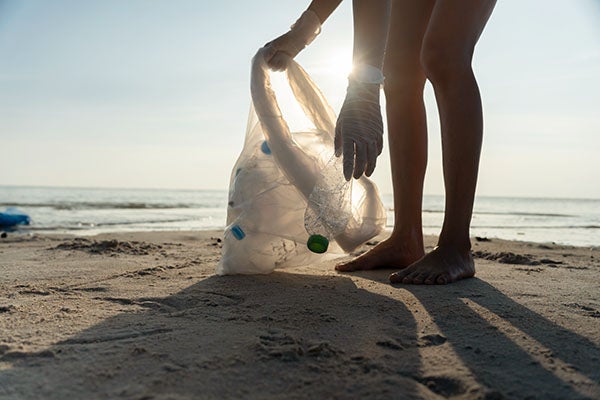
St. Johns County is seeking volunteers to survey wrack lines to recover stranded washback sea turtles and conduct beach cleanups from August through November. Be a Sea Turtle Washback Program Volunteer.
HCP Volunteer